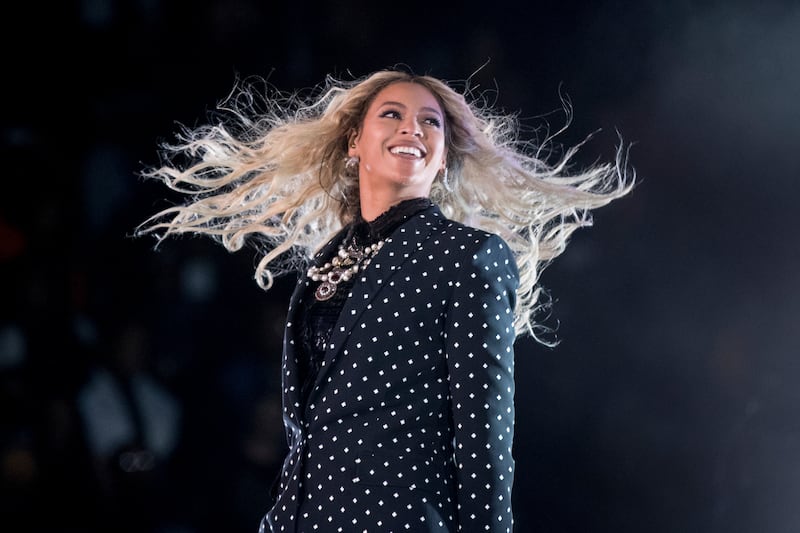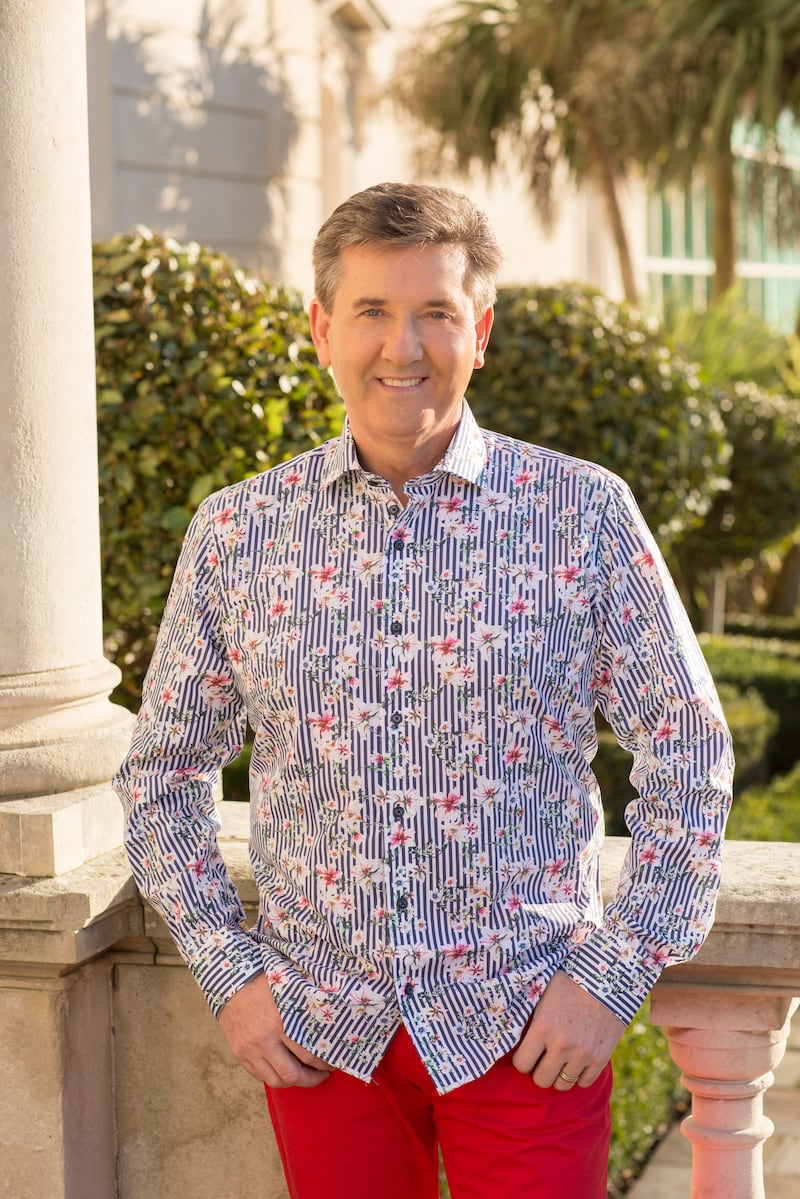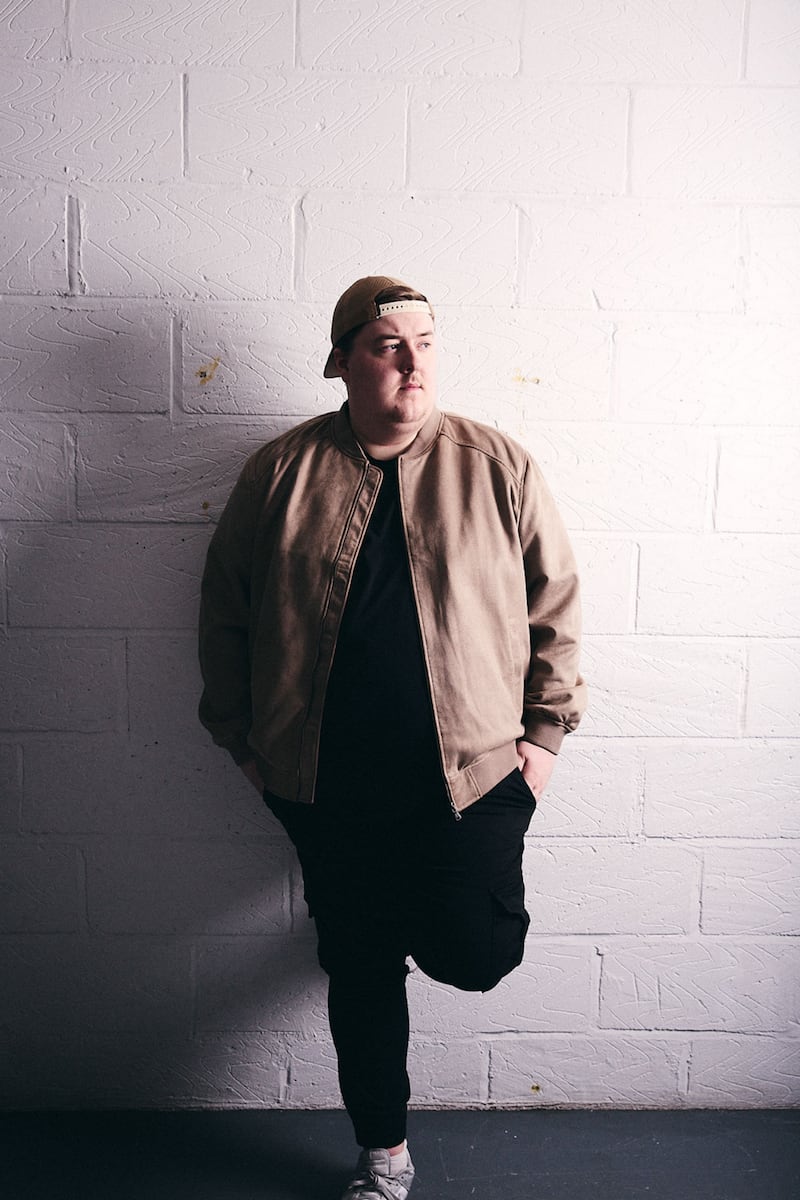Beyoncé is the latest pop artist to delve into country music with the release of her eighth studio album, Cowboy Carter.
The album has generated huge interest and brought many of her fans to the genre for the first time.
Aside for those fans more well-versed in country, namely those in the southern US states, it’s not a style of music that typically finds a home in their playlists.
However, fans on this side of the Atlantic Ocean may be an exception to this rule.

Country music has been a staple for Irish music fans for generations; many will have memories of growing up with parents and grandparents who had a love of songs starring a steel guitar and a tale of a broken heart.
But why has country music enjoyed such success in Ireland?
Dubliner Stan Erraught is a lecturer in the School of Music at the University of Leeds and, like many, has attempted to find an answer to this question, publishing academic research on the matter in 2021.
“I’m old enough to remember when rock music felt like, if not exactly a minority position in Ireland, it certainly felt like you were fighting a battle against the showband scene,” Stan says.
“I began to think about why exactly did country music have the effect in Ireland that it doesn’t really have on this side of the Irish Sea,” he says, speaking from Leeds.
Stan says that existing research tends to give one of two reasons for Ireland’s love of country music.
The first is that there is a “family resemblance” between country music and Irish traditional music; an historical link created when Irish traditional music was brought over to the US by Irish immigrants, creating a “spiritual affinity”.
“When you pin people down on what they actually mean by this, it gets ‘airy fairy’ and a bit vague,” he says.
The second reason is that the very essence of country music – its storytelling, themes, narrative – resonates deeply with Irish people.
Stan, however, believes that there is a bigger reason that nobody has really considered.
“I’m not convinced with either explanation,” he says.
“One that people tend to ignore when looking at this is the basic sociological facts about Ireland in the 1950s and 1960s, particularly in rural Ireland. It was very sparsely populated and there were huge levels of emigration, and there were very, very low marriage rates.”
Stan argues that this resulted in a multigenerational society, driven by the dance hall scene.
The dance halls were the social meeting points for many in rural Ireland and some of those who were still in their 30s and 40s were attending alongside those in their early 20s in the hope of meeting their future spouse.
“You didn’t have youth culture; you just had a musical culture that had to appeal to a very, very wide age spectrum – from late teens to possibly early 40s,” Stan says.
“Which meant that the attractions of loud, possibly sexually explicit rock music or something like that, didn’t work.”
Country, on the other hand, fit the bill; it was “danceable” and “capable of appealing across generations”.
“You needed to fill those ballrooms and you needed to play something that, again, had that mainstream appeal.”
If Ireland’s love for country music was solidified through dance halls, Stan believes that the growing prosperity across Ireland towards the end of the 20th century helped make its presence permanent.

“When Daniel O’Donnell first broke through in the late 1980s and very early 1990s, he was immediately very, very successful,” he says.
“The previous generation of country artists had been live acts, almost exclusively; records were an afterthought.”
With more money around, people could spend on albums, concert tickets, videos and later DVDs in a way that previous generations couldn’t have.
“They wanted something identifiable, but also something to spend their money on,” says Stan.
But what makes country still appeal to today’s younger generation?
Country singer Gareth Hamilton from Co Tyrone is one of those younger fans of the genre.
Aged 24. he makes country covers online for his 300,000 followers on social media platform TikTok.
Most notably, his cover of Noah Kahan’s Stick Season has gained almost six million streams across all platforms.
He says that what makes country music remain so appealing is the core storytelling element.
@garethmusic been listening to this song alot recently #dylangossett #coal #cover #acousticcover #musicontiktok #musictok #fyp
♬ Gareth x Coal - Gareth
“I don’t think you get that storytelling with many genres,” he says.
“There’s something about the songs that just hit different.”
Having been exposed to country at a young age through his grandparents, Gareth says the current generation of country artists are helping bring a modern sound which appeals to new listeners.

“Country nowadays is different to what it was 30, 40 years ago,” he says.
“It has a more modern sound now.
“I think Morgan Wallen and Luke Combs have brought a new life to it – if those guys come over here now, it just sells out straight away.”
As a result, Gareth has noticed the increase in country’s popularity amongst his friends, compared to when he started singing it at age 13.
“I think they’re jumping on the country bandwagon now,” he says, laughing.
“There seems to be a lot more people around me now that are listening to it.”
The singer is gearing up to release his own original music soon which, while inspired by the American sound which is commercially very successful, will be typically country in its authenticity.

“It’s more like a raw, unpolished kind of country,” he says.
“We’re not going to start singing songs about pick-up trucks and all this American stuff, because it’s just not realistic.
“There’s no point copying anyone because there’s so many people doing this.”
The country music of today, with its softer, more polished mainstream production has helped maintain the genre’s popularity.
And whether it’s down to the “spiritual affinity” through the genre’s Celtic roots; its storytelling and authenticity; or the lasting legacy of the dance hall passed down through the generations, it looks like Ireland’s love affair with the genre is here to stay.








